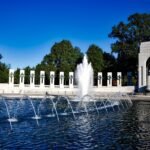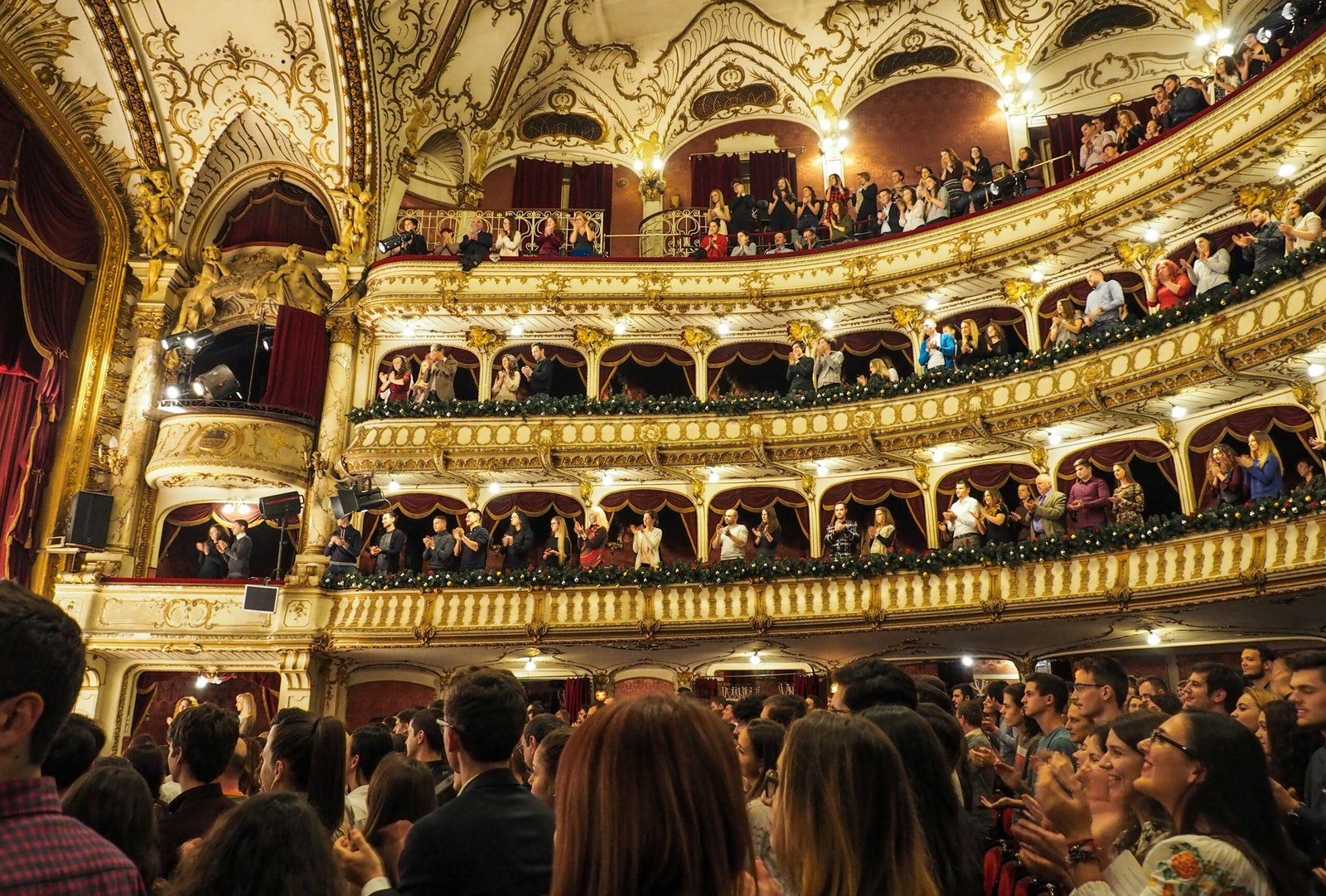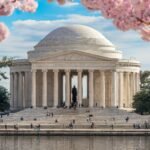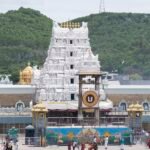A History of the National Air and Space Museum
The National Air and Space Museum (NASM) has a rich history dating back to 1946. Originally part of the National Museum of American History, it reflected the nation’s growing interest in aviation and space after World War II. In 1976, it became an independent museum under the Smithsonian Institution, marking a key moment in its development. This shift allowed the museum to focus on aeronautics and space science.
Iconic pieces include the Wright Flyer, Spirit of St. Louis, and the Apollo 11 Command Module. Each artifact highlights humanity’s pursuit of flight and space exploration. The museum’s efforts in preserving these items are essential, not only for their historical value but also for inspiring future generations.
Key milestones in the museum’s growth include hosting the first private astronaut and launching exhibitions on crucial moments in aviation and space history. These displays educate visitors about the innovations and risks involved in pushing technological boundaries.
The NASM blends education, preservation, and inspiration in its mission. It stands as a cornerstone of aerospace heritage, continuing to inspire curiosity about human ingenuity and exploration.
Highlights of the Museum’s Collections

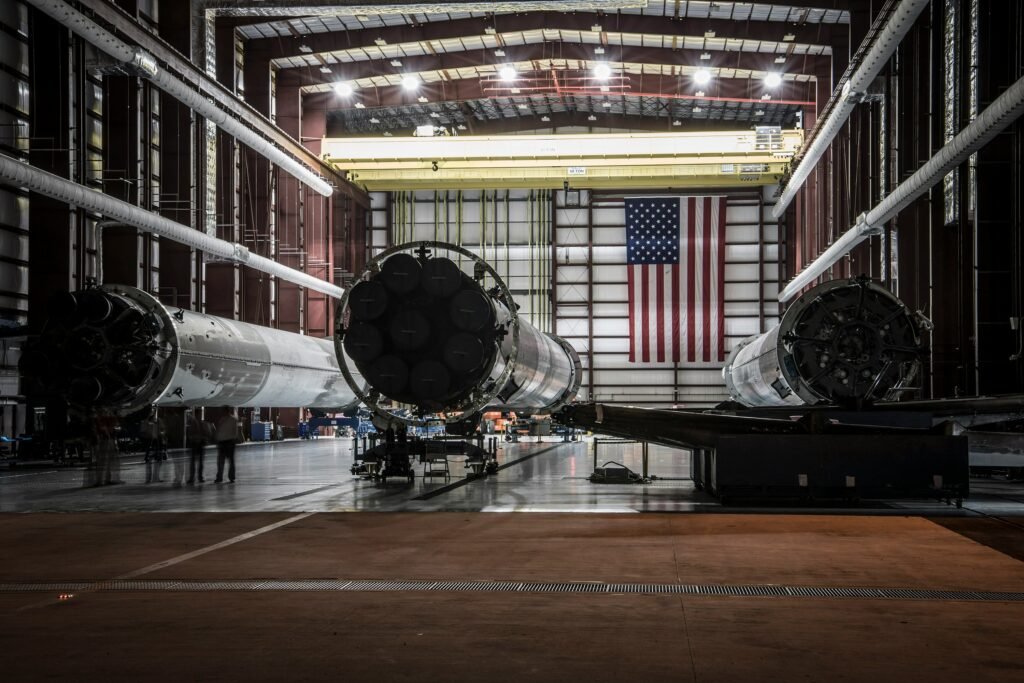
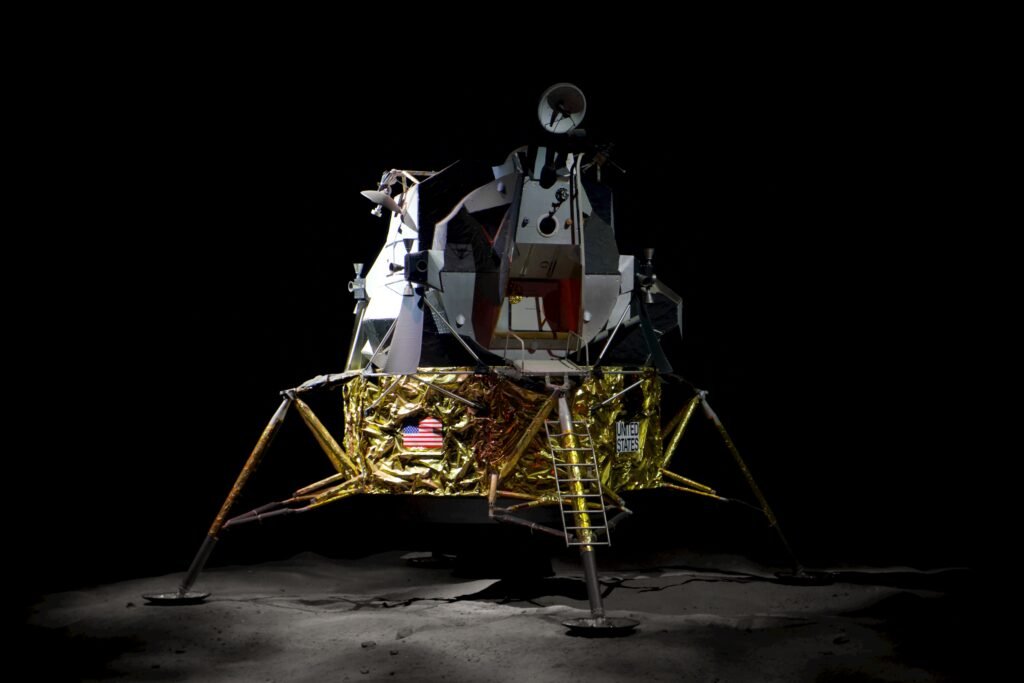

The National Air and Space Museum showcases human ingenuity and exploration through its vast collection of significant artifacts. One of the most iconic items is the Wright Brothers’ Flyer, the first powered aircraft. This historic flight occurred in 1903 at Kitty Hawk, North Carolina. Visitors often feel inspired by the story of Orville and Wilbur Wright, whose determination changed transportation forever.
Another key artifact is the Spirit of St. Louis, flown by Charles Lindbergh during his solo transatlantic flight in 1927. This aircraft symbolizes the adventurous spirit of early aviation pioneers. Its display allows guests to appreciate the engineering behind such a daring journey, deepening their understanding of the challenges faced during that time.
The museum also highlights artifacts from space exploration. The Apollo lunar module, an engineering marvel, played a crucial role in humanity’s first steps on the moon. Its presence showcases the achievements of the Apollo program and the teamwork of thousands who contributed to this monumental effort. Additionally, the Space Shuttle Discovery, one of the most flown orbiters, offers insight into the missions that have shaped our understanding of space.
Engaging Exhibitions and Educational Programs
The National Air and Space Museum serves as a beacon of knowledge and inspiration. It offers engaging exhibitions that captivate visitors of all ages. Both permanent and temporary displays showcase the evolution of air and space exploration, featuring iconic artifacts like the Wright brothers’ aircraft and the Apollo 11 Command Module. These exhibits highlight historical advancements and explore the scientific principles behind aviation and astronautics. The museum expertly blends education with entertainment, ensuring visitors leave with a greater appreciation for aerospace history.
In addition to its impressive collection, the museum emphasizes interactive experiences. Visitors can engage with hands-on displays that foster a deeper understanding of complex concepts. For example, the museum features simulators and interactive models that let guests experience the challenges of flight and space travel. These participatory elements enhance learning and keep visitors interested, making science accessible to everyone.
The museum is also committed to promoting STEM education through innovative programs. Workshops, lectures, and special events inspire young minds and cultivate a passion for science, technology, engineering, and mathematics. Collaborations with schools and community organizations create opportunities for students to explore aerospace through interactive learning experiences. These initiatives engage students and prepare them for future careers in the aerospace industry, contributing to the advancement of STEM fields.
In conclusion, the National Air and Space Museum demonstrates its dedication to education and engagement. Its diverse exhibitions and programs inspire curiosity and creativity. Through these efforts, the museum nurtures the next generation of aerospace enthusiasts, ensuring the legacy of exploration endures.
Visiting to the National Museum
Visiting the National Air and Space Museum can be a remarkable experience. Proper planning enhances this adventure significantly. First, check the museum’s official website for the latest information on opening hours. Generally, the museum operates daily, but holidays may affect accessibility. To avoid crowds, plan your visit for weekdays or early mornings, especially during peak times like weekends and school vacations.
Getting to the museum is easy, as it is conveniently located on the National Mall in Washington, D.C. Public transportation is the best option, with several Metro stations nearby. Bus services also provide easy access for locals and tourists. If you plan to drive, parking options are available, but you may need to book in advance during busy times.
Admission to the National Air and Space Museum is typically free, though some special exhibitions may charge a fee. Confirm any ticketing requirements before your arrival. Consider taking a guided tour to enrich your visit, as it offers valuable insights about the exhibits. Reservations for tours are often recommended to secure your preferred date.
Several nearby attractions are worth exploring, including the National Museum of Natural History and the National Gallery of Art. This makes it easy to create a full day of activities. Dining options abound in the area, ranging from casual cafés to fine dining, catering to various tastes.
Lastly, stay informed about current health and safety protocols. The museum may have specific guidelines, including mask requirements and social distancing measures. Checking for updates before your visit ensures a safe and enjoyable experience.
